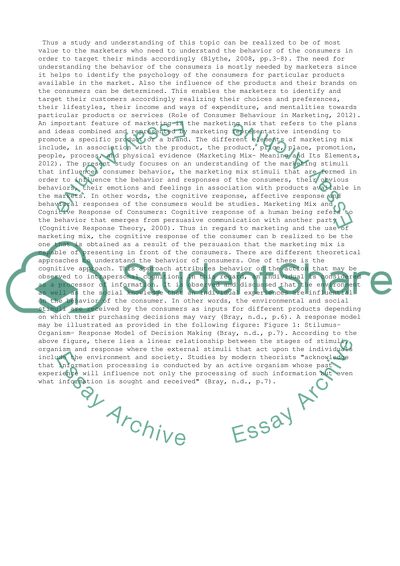Cite this document
(“Consumer behavior Assignment Example | Topics and Well Written Essays - 2750 words”, n.d.)
Consumer behavior Assignment Example | Topics and Well Written Essays - 2750 words. Retrieved from https://studentshare.org/business/1402561-consumer-behaviour
Consumer behavior Assignment Example | Topics and Well Written Essays - 2750 words. Retrieved from https://studentshare.org/business/1402561-consumer-behaviour
(Consumer Behavior Assignment Example | Topics and Well Written Essays - 2750 Words)
Consumer Behavior Assignment Example | Topics and Well Written Essays - 2750 Words. https://studentshare.org/business/1402561-consumer-behaviour.
Consumer Behavior Assignment Example | Topics and Well Written Essays - 2750 Words. https://studentshare.org/business/1402561-consumer-behaviour.
“Consumer Behavior Assignment Example | Topics and Well Written Essays - 2750 Words”, n.d. https://studentshare.org/business/1402561-consumer-behaviour.


